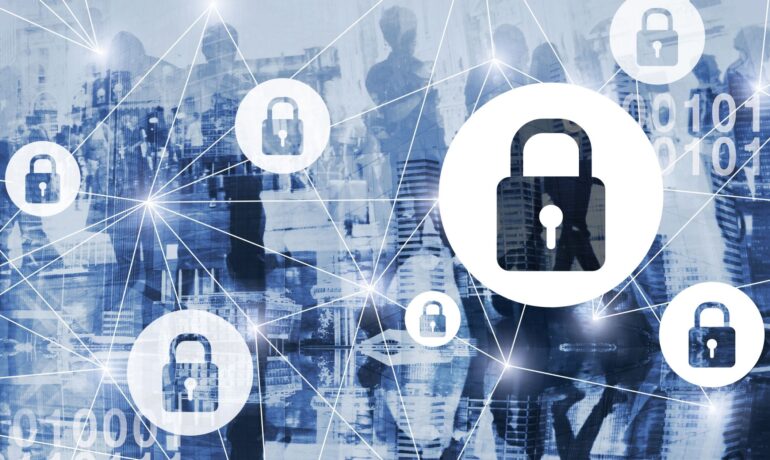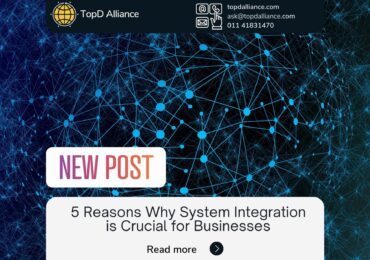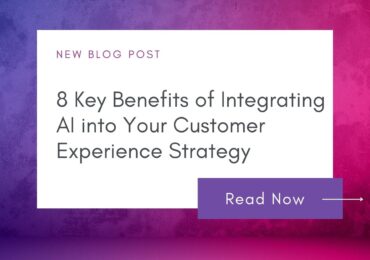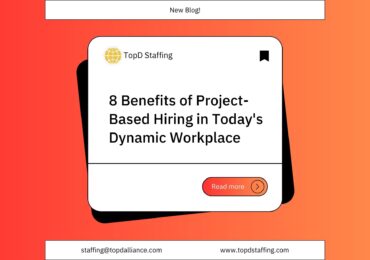How do you create a security-focused culture? How do you educate your employees about security? How do you communicate security practices to your employees? Read more here.
The Internet today needs to be secure. Everyone knows this fact and that’s why it’s not a debate anymore how important protection is in the business world. The same thing happens with new technologies; they need to be looked after because if they aren’t, then opportunists will avail themselves of them and find ways to manipulate them into disadvantages for everyone around.
That’s why you need to keep control over everything that happens in your company if you want to maximize the benefits of new innovations while minimizing their potential dangers and disadvantages.
Table of Content
- Building A Healthy Security Culture
- Security Belongs To Everyone
- Focus On Awareness And Beyond
- Secure Development Lifecycle
Conclusion: To really succeed, every business has to have a security-based workplace culture, without it the business would always be at risk.
Building A Healthy Security Culture
Organizations require a sustained investment in culture. It is never an afterthought but rather should be seen as the most important aspect of an organization’s infrastructure. A strong security culture draws upon established day-to-day procedures while illustrating how security integrates into the core offerings and protects customers, constituents, partners and employees from harm.
Sustained efforts to promote a diverse understanding of security extend beyond just IT and into all aspects of strategy, operations and services by describing security as both a means to an end and as an end in itself.
Humans require a proper framework to grasp what is relevant. In general, they just need to be trained. Luckily, wherever a company stands on the security culture continuum, some things can be done to make the culture better and more applicable.
Security Belongs To Everyone
Many businesses hold the view that the security department is responsible for security. However, a true emphasis on sustainable and holistic security requires viewing people in every role as an equal partner in securing and ensuring the security of your technology infrastructure and systems.
Viewing this responsibility through a lens that says “security belongs to everyone” can help every person and department in your organization feel a personal connection to your data, ensure its safety, and ultimately add more value with less effort.
Everyone must feel like a security person; it’s not solely reliant on anyone but all of us working together to create a strong system-level approach as we would any other business process or function.
Focus On Awareness And Beyond
Security awareness is the process of educating every individual on your staff about the basics of data protection by establishing a broad understanding of the issues which are related and how they will affect them before asking them to attempt to grasp the commitment and significance required for working with sensitive and confidential data.
Security awareness has acquired an unfavorable reputation because standards are brought up. Posters and in-person training may be dull; consider switching things up a bit by taking an innovative approach to your security management efforts.
On top of general awareness is an application requirement for security understanding by your testers and developers. Application security awareness is for the tester(s) and programmer(s) inside the company that help with developing your product. They may sit inside IT, or they may constitute the engineering function in your business. AppSec awareness is imparting more complex concepts that workers need to know to develop secure products and services.
Awareness is a continual effort; therefore, never pass up a good crisis. Bad things will happen to your business, and often these things will be related directly to a security concern. Grow your security culture with these instructive experiences, but do not attempt to bury them under the rug – use them as learning moments!
Secure Development Lifecycle
A stable development life cycle or SDL translates to happy systems and software. The term SDL refers to the procedures employed to ensure robust and enduring security of software versions over time – it entails going through a series of complex and dedicated steps from threat modeling, security requirements, and security testing among others.
Organizations should have a secured development lifecycle to succeed and maintain their edge in this competition-rich world.
Conclusion
Every organization, from large to small have a security culture in some form. Most firms don’t publicize that fact or mention it but rather decide to keep a tight lid on the true nature of their security culture for fear of appearing weak or losing vital business opportunities.
However, there is a silver lining if your current workplace security culture is poor because any culture can be improved as long as you implement comprehensive cultural changes based on your organization’s core principles. If you haven’t come around to improving your workplace security culture by now then it’s high time that you started making a few improvements because this will certainly make the world a more secure place no matter what company you work with and we should never take that for granted!
We hope that you’ve enjoyed our blog on how to create a security-focused workplace culture. At TopD Alliance, we offer business solutions that are innovative and effective at the same time.
We have a host of online training courses for individuals and organizations on a wide number of topics. You can get in touch with us and we would be happy to help you, wherever you are in your organizational timeframe, be it in your company, or as an individual. We are happy to help.






